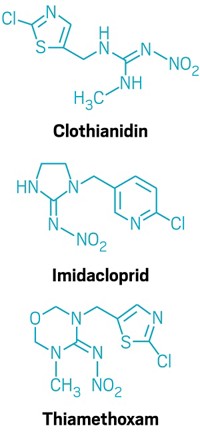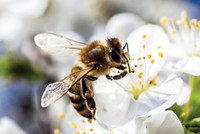Advertisement
Grab your lab coat. Let's get started
Welcome!
Welcome!
Create an account below to get 6 C&EN articles per month, receive newsletters and more - all free.
It seems this is your first time logging in online. Please enter the following information to continue.
As an ACS member you automatically get access to this site. All we need is few more details to create your reading experience.
Not you? Sign in with a different account.
Not you? Sign in with a different account.
ERROR 1
ERROR 1
ERROR 2
ERROR 2
ERROR 2
ERROR 2
ERROR 2
Password and Confirm password must match.
If you have an ACS member number, please enter it here so we can link this account to your membership. (optional)
ERROR 2
ACS values your privacy. By submitting your information, you are gaining access to C&EN and subscribing to our weekly newsletter. We use the information you provide to make your reading experience better, and we will never sell your data to third party members.
Environment
Lawmakers Examine Causes Of Bee Declines
by Britt E. Erickson
May 5, 2014
| A version of this story appeared in
Volume 92, Issue 18

The top three stressors leading to declines in honeybee populations are lack of food, varroa mites, and pesticides, according to experts who testified at an April 29 congressional hearing of the Subcommittee on Horticulture, Research, Biotechnology & Foreign Agriculture in the House of Representatives. Republican lawmakers at the hearing questioned the need for legislation, such as H.R. 2692, that would ban neonicotinoid pesticides linked to health effects in bees. Representatives from the pesticide and agriculture industries advocated for more communication and coordination between growers and beekeepers so that pesticides are not sprayed when bees are foraging. Lawmakers opposed to H.R. 2692 pointed out that several provisions in the recently passed farm bill also address the decline in pollinator health. Experts at the hearing also called for more research to identify genetic traits in bees that confer resistance to varroa mites.




Join the conversation
Contact the reporter
Submit a Letter to the Editor for publication
Engage with us on Twitter